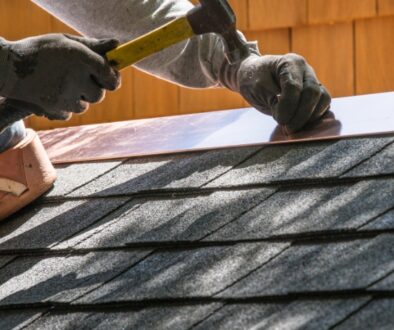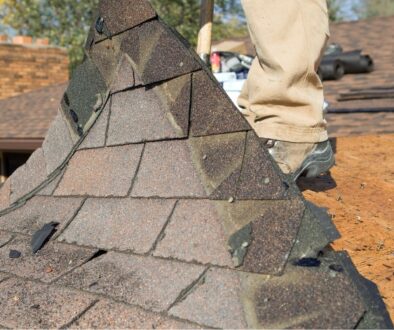The Impact Of Roof Design On Commercial Energy Efficiency
In the competitive business environment of La Crosse, Wisconsin, commercial roof energy efficiency is not just an environmental concern but a significant financial consideration for commercial property owners. The design of a commercial roof can impact how energy efficient a building can be. In this blog, our roofing experts at Ledegar will explore how different roof designs affect energy consumption and offer insights into design considerations that can help maximize energy savings.
Understanding The Role Of Design In Commercial Roof Energy Efficiency
The design of a commercial roof affects the building’s overall energy efficiency in several ways. Key factors include the roof’s material, color, and structure. For instance, roofs designed with highly reflective materials can significantly reduce cooling costs by reflecting more sunlight and absorbing less heat than traditional roofs.
Material Matters
The choice of roofing material is pivotal in determining a roof’s energy efficiency. Materials like metal, slate, or tiles coated with reflective paint can help deflect sunlight and prevent heat absorption. Alternatively, green roofs, which are covered with vegetation, act as natural insulators, reducing the need for heating in winter and cooling in summer.
Roof Color And Its Impact
The color of the roof also influences energy consumption. Lighter-colored roofs reflect more sunlight and absorb less heat, making them ideal for reducing energy costs associated with air conditioning. The Department of Energy has found that cool roofs – roofs made using highly reflective paints, tiles, or shingles – can reduce surface temperatures by up to 50 degrees Fahrenheit, significantly impacting the interior cooling requirements of a building.
Structural Design
The shape and structure of the roof affect how air moves around and through a building. For example, a flat roof may collect heat differently than a sloped roof, which can allow for natural air circulation and better heat dispersion. Additionally, incorporating elements such as roof overhangs can provide shade and reduce heat gain through windows, further enhancing a building’s energy efficiency.
Advanced Technologies In Roof Design
Advancements in roofing technology also contribute to energy savings. Innovations such as integrated solar panels can not only provide shade but also convert sunlight into usable energy, decreasing reliance on traditional power sources. Moreover, modern insulation and ventilation systems designed specifically for commercial roofs can significantly enhance a building’s thermal efficiency.
Considerations For Retrofitting
For existing buildings, retrofitting a roof with energy-efficient features is a viable option. This might include adding a reflective roof coating, improving insulation, or even installing a green roof system. Each retrofitting decision should be made based on a thorough evaluation of the existing roofing system and the property owner’s specific goals.
If you’re considering upgrading your commercial roof energy efficiency or are in the process of constructing a new building, contact Ledegar Roofing to explore your options. We can help you identify the most energy-efficient solutions tailored to your specific needs and environmental conditions.




